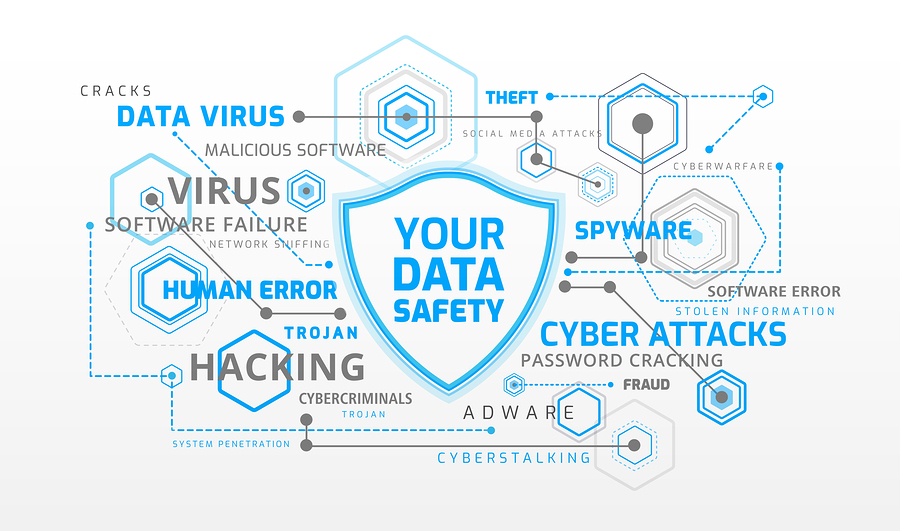Three Effective Risk Management Strategies
Beyond Insurance
As an insurance agent, my primary goal is to help clients navigate through the uncertain terrains of life and business by providing them with the right coverage. However, insurance is just one tool in the broader discipline of risk management. While it’s crucial for protecting against financial losses from unforeseen events, there are several proactive strategies that individuals and businesses can employ to manage risks effectively without solely relying on insurance. Here are three essential risk management strategies that can complement your insurance coverage, providing a more comprehensive approach to safeguarding your assets and future.
- Risk Avoidance: Preventing Risks Before They Occur
Risk avoidance is the most straightforward risk management strategy, focusing on steering clear of activities that could lead to potential losses. For individuals, this might mean deciding against purchasing a home in a flood-prone area or choosing a safe vehicle over a sports car with a high accident rate. Businesses can apply risk avoidance by opting out of projects with uncertain regulatory environments or investing in industries known for volatility.
While avoiding risk entirely is impossible, careful planning and decision-making can significantly reduce exposure to both common and catastrophic losses. The key is to assess potential risks in advance and make informed decisions that align with your risk tolerance and long-term objectives.
- Risk Reduction: Minimizing the Potential Impact of Risks
Risk reduction involves taking proactive steps to decrease the likelihood or impact of a loss. This strategy is about implementing measures that make a potential risk less threatening, rather than avoiding the risk altogether. For homeowners, this could mean installing fire alarms, security systems, or using weather-resistant materials for roofing to minimize damage from fires or storms. For businesses, risk reduction might involve comprehensive training programs for employees to prevent workplace accidents or implementing robust cybersecurity measures to protect against data breaches.
The essence of risk reduction is not to eliminate risks entirely but to manage them in a way that their potential impact is minimized. This approach requires regular review and adjustment of risk control measures to adapt to new threats and changes in the environment.
- Risk Retention: Accepting and Preparing for Certain Risks
Risk retention is a strategy where the decision is made to accept the risk and deal with any potential fallout. This approach is often used for risks that are less severe or where the cost of mitigating the risk is higher than the cost of the risk itself. For individuals, this might involve choosing to self-insure for minor risks, like opting for a higher deductible on an insurance policy to lower premiums. Businesses might retain risks by setting aside financial reserves to cover potential losses rather than purchasing additional insurance coverage.
Risk retention is a calculated decision, and it requires thorough financial planning to ensure that funds are available to cover losses when they occur. It’s a strategy that acknowledges the inevitability of some risks and prepares financially to handle their impacts.
Insurance is a vital component of any comprehensive risk management plan, but it’s not the only tool available. By understanding and utilizing strategies such as risk avoidance, risk reduction, and risk retention, individuals and businesses can create a layered approach to managing risks. These strategies empower you to take proactive steps towards safeguarding your assets, finances, and future, providing peace of mind and financial security beyond what insurance alone can offer.








